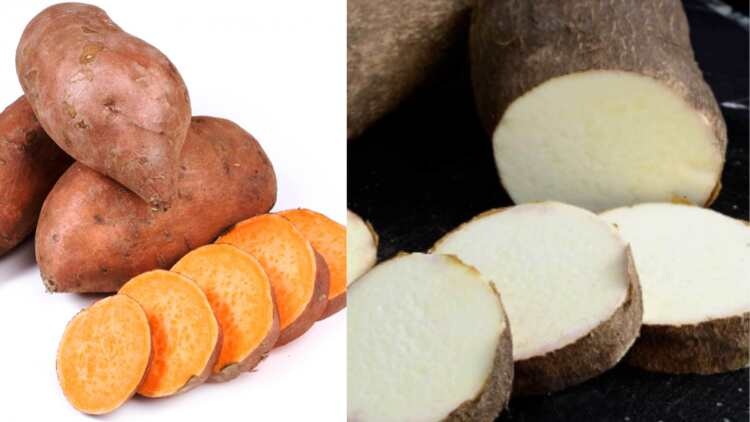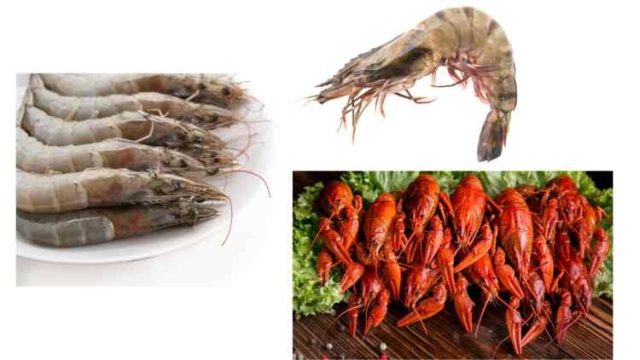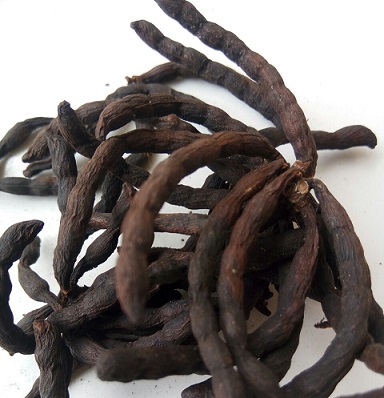
Difference Between Yams And Sweet Potatoes – Difference Between Sweet Potatoes Vs. Yams
Yams and sweet potatoes are often mistaken for one another, leading to confusion among many. Sweet potatoes belong to the Convolvulaceae family, while yams are part of the Dioscoreaceae family.
In this article, we will delve into the physical distinctions between these root vegetables and shed light on their unique characteristics.
Grocery Store Dilemma
When navigating the grocery stores aisle, differentiating between sweet potatoes and yams can be perplexing for people that dont know yams. Often, what is labeled as “yams” in the store is actually a variety of sweet potatoes. True yams are less common in Western markets, so be mindful of the labeling and appearance when you want to by yams.
In the US, real yams are not easily found. Typically, grocery stores that specialize in true yams are from South America, the Caribbean, Southeast Asia, and Africa Shops are where you can find yams.
What Is Sweet Potatoes?
Sweet potatoes, members of the Convolvulaceae morning glory family, are versatile and nutritious root vegetables celebrated for their vibrant colors, ranging from orange and purple to white and beige.
Sweet potatoes tuber are known for their naturally sweet flavor, these tubers contain complex carbohydrates, providing a rich source of vitamins A and C, along with dietary fiber.
The creamy texture of sweet potatoes are commonly used in a variety of culinary applications, including pies, mashes, and even fries.
Their popularity extends globally, making them a staple in many households, and they are often confused with yams in grocery stores.
Whether roasted, steamed, or baked, sweet potatoes add both flavor and nutritional value to a diverse range of dishes like sweet potato casserole.
In Nigerian markets, the popular demands are white, purple, and yellow potato.
What Is A Yams?
Yams are tuber vegetable also.
Dioscorea is their scientific name, and they are native to Asia and Africa. These days, they are also frequently found in Latin America and the Caribbean. There are known to be over 600 different types of yams, and 95% of them are still grown in Africa.
Yams are distinguished from sweet potatoes by a few unique qualities, noticeably are their size and skin; Their skin is bark-like and brown, rough, and hard to peel with mostly white flesh.
Yams also have a distinct flavor. Yams are really starchy and dry than sweet potatoes, and they have less sweetness.
They typically have a long shelf life as well. They are cylindrical in shape. Mature yams can have flesh that ranges in color from white to yellow.
Yams can get much larger than sweet potatoes. It can range in size from about the size of a small potato to five feet long(1.5 meters). Basically, they may have a maximum weight of an amazing 132 pounds (60 kgs).
Yams are available in several forms, such as whole yam tuber, powdered, or yam flour. Yam flour is mostly available in African shops.
Understanding the Physical Differences
The physical differences between yams and sweet potatoes, such as their skin texture, color, and taste variations. It will emphasize the importance of understanding these distinctions to avoid confusion.
This fundamental difference in family lineage reflects the varied nutritional compositions and flavors that these tubers bring to the table.
Difference Between Yams Vs. Sweet Potatoes
Taste – Difference Between Yams And Sweet Potatoes
One of the most noticeable differences lies in the taste. Sweet potatoes, true to their name, boast a naturally sweet flavor due to the presence of complex carbohydrates.
Yams are not as sweet as sweet potatoes they lean towards a starchy profile, offering a more neutral taste that pairs well with savory dishes.
Color Difference Between Yams And Sweet Potatoes
While both sweet potatoes and yams can be found in various colors, sweet potatoes tend to display a broader spectrum colors. From orange and purple to white and beige.
Yams, on the other hand, typically exhibit earthy tones, ranging from bark-like and brown.
Nutritional Value Difference Between Yams And Sweet Potatoes
When it comes to nutritional content, sweet potatoes emerge as the frontrunners, Sweet potatoes take the lead. Packed with vitamins A and C, as well as fiber, sweet potatoes contribute to a healthy diet and are celebrated for their antioxidant properties.
Yams, though nutritious, may not match the nutritional richness of their sweet counterparts.
Creaminess /Texture: Difference Between Sweet Potatoes vs. Yams
The texture of these tubers plays a crucial role in determining their culinary applications. Sweet potatoes tend to be creamier, making them ideal for mash and pies.
Yams, with their firmer texture, work well in stews, pounded swallow, casseroles, and other hearty dishes.
Geographical Roots: Sweet Potatoes Worldwide vs Yams Globally Recognized
While sweet potatoes are widely cultivated and enjoyed globally, yams hold a special place in certain regions, especially Africa and Asia.
Yams are a staple in the diets of many African and Asian communities, providing a reliable source of sustenance.
Type Of Sweet Potato
The most popular varieties common in the united states are:
- Beauregard (orange flesh and dusty-red skin)
- Hannah (white flesh and light brown skin)
- Garnet (red-purple skin and orange flesh)
- Jewel (red-brown skin and dark-orange flesh)
Yams Vs Potatoes Nutrition
Yams and potatoes, though both starchy tubers, differ significantly in nutritional composition. Yams, belonging to the Dioscoreaceae family, are starchier and generally lower in essential nutrients compared to Sweet potatoes.
While yams provide a good source of carbohydrates, they lack the richness in vitamins A and C found in sweet potatoes or the fiber content found in regular potatoes. Sweet Potatoes, offer a more balanced nutritional profile.
They are notably higher in potassium, vitamin C, and dietary fiber, making them a healthier choice for those seeking a nutrient-dense option.
The contrasting nutritional content underscores the importance of understanding the distinctions between yams and potatoes to make informed choices based on individual dietary needs.
FAQs About Difference Between Sweet Potatoes VS Yams
Can I substitute sweet potatoes for yams in recipes?
Yes, in most cases, you can interchange sweet potatoes and yams in recipes, but be mindful of the texture and taste differences.
Why are sweet potatoes more popular than yams in Western markets?
Sweet potatoes are more versatile and have a sweeter taste, they are originally from regions of Central and South America, making them preferred in a variety of Western dishes.
Do sweet potatoes and yams have similar health benefits?
While both are nutritious, sweet potatoes generally have higher levels of vitamins A and C compared to yams.
Are yams only found in Africa and Asia?
While yams are widely consumed in Africa and Asia, they are also grown in other tropical regions.
What’s the best way to cook sweet potatoes and yams?
Sweet potatoes are great for mashing and baking, while yams hold up well in stews and casseroles.
Do yams taste sweet like sweet potatoes?
No, yams have a more neutral, starchy taste compared to the natural sweetness of sweet potatoes.
Are there different varieties of sweet potatoes?
Yes, sweet potatoes come in various colors, including orange, purple, white, and beige.
Can I grow sweet potatoes and yams at home?
Yes, both sweet potatoes and yams can be grown at home with the right conditions and care.
Do sweet potatoes and yams have a long shelf life?
Yes, when stored in a cool, dark place, both sweet potatoes and yams have a relatively long shelf life.
Are sweet potatoes and yams gluten-free?
Yes, both sweet potatoes and yams are naturally gluten-free, making them suitable for gluten-sensitive individuals.
Conclusion
Yams and sweet potatoes are two very different kinds of vegetables. They’re both delicious, nourishing, and adaptable dietary additions.


